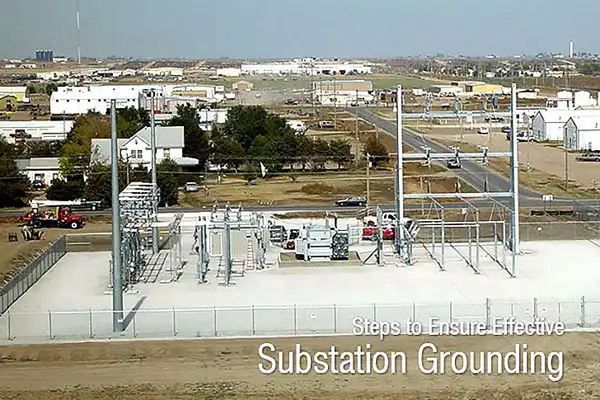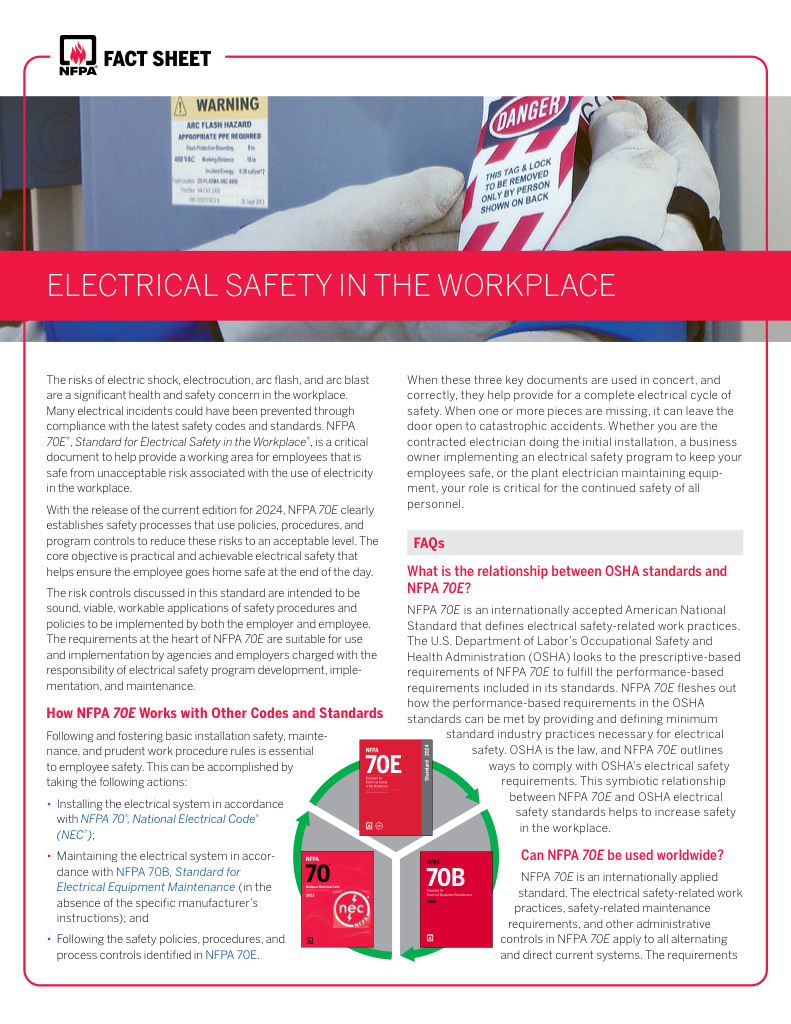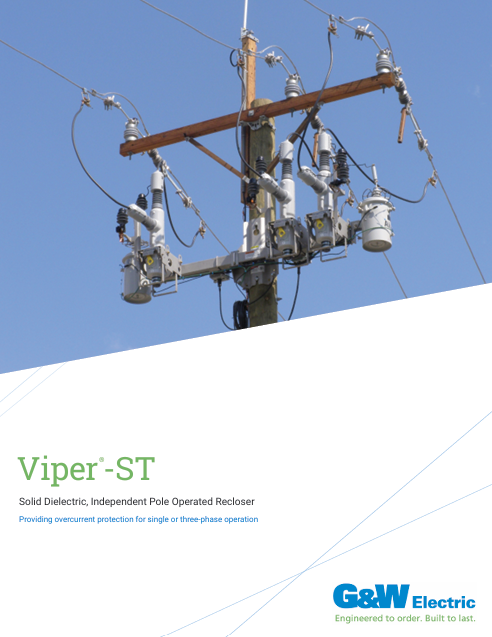Understanding How to Check if an Area is Grounded

Substation Grounding Training
Our customized live online or in‑person group training can be delivered to your staff at your location.

- Live Online
- 12 hours Instructor-led
- Group Training Available
Download Our NFPA 70E Fact Sheet – 2024 Electrical Safety Edition

- Understand how NFPA 70E works with NEC and NFPA 70B standards
- Clarify the shared responsibility between employers and employees
- Learn how NFPA 70E supports OSHA compliance
How to check if an area is grounded? Use a multimeter, receptacle tester, and visual inspection of bonding/earthing, ground rod, and service panel; verify ground resistance and continuity per NEC safety guidelines.
How to Check If an Area Is Grounded?
Inspect bonding and electrodes, then test with a multimeter or receptacle tester for low ground resistance.
✅ Use a receptacle tester to confirm hot/neutral/ground wiring.
✅ Measure ground-to-neutral voltage and continuity with a multimeter.
✅ Verify ground electrode, bonding jumpers, and panel connections per NEC.
How to Check if an Area is Grounded: Proper grounding in any electrical system is critical for preventing electric shocks, equipment damage, and potential fire hazards. Ensuring that an area is grounded involves checking connections, testing outlets, and inspecting grounding systems to ensure they are working efficiently. In this guide, we will explore the essential steps and methods to check if an area is grounded, helping you safeguard both personnel and equipment from electrical risks. Learn how to detect faulty grounding, verify your ground wire, and perform comprehensive grounding checks in any setting. For a deeper overview of safety principles, see this guide to electrical grounding which explains why proper earthing mitigates shock and equipment damage.
How Do You Test If Something Is Grounded?
To test if something is properly connected to the earth, a simple multimeter or a testing tool can be used. Here are the steps to follow:
Before testing, review how grounding and bonding work together in circuits so you interpret voltage and continuity readings correctly.
- Turn off the power to the circuit: Before starting, ensure the circuit is powered down for safety.
- Use a multimeter: Set the device to measure voltage, then place one probe on the neutral slot and another on the ground wire or prong. If the voltage reading is close to zero, the system is working properly.
- Test using a dedicated tester: Some testers provide clear indicators that the system is properly connected. If all the lights indicate normal operation, the area is likely grounded correctly.
How Do You Know If a Building Is Grounded?
For larger systems, such as buildings, the process is similar but involves inspecting multiple components: For context on building-level electrodes and conductors, consult grounding system fundamentals to understand code-compliant layouts.
Electricity Today T&D Magazine Subscribe for FREE

- Timely insights from industry experts
- Practical solutions T&D engineers
- Free access to every issue
- Inspect the electrical panel: Look for a ground wire connected to a rod or water pipe. This is often a visible copper wire linked to the neutral bus.
- Test outlets: Insert the probes of a multimeter into the slots of a standard outlet. A proper reading indicates a normal connection, but any irregular results suggest the system may need an inspection.
- Check for a connection rod: Outside the building, a rod extending into the ground often connects the electrical panel to the earth. This rod ensures safe current dispersion.
If the readings do not show the expected values, or if any connection points are missing, the system may not be functioning as intended. In facilities with large service equipment, a well-designed ground grid helps distribute fault current uniformly and reduce step-and-touch potentials.
How to Check for a Short to Ground?
A short occurs when the flow of current takes an unintended path. Here’s how to detect this:
Understanding what constitutes a reference to earth using an introduction to electrical grounding will clarify why certain faults mimic shorts during continuity checks.
- Turn off the power: Always begin with the circuit turned off.
- Inspect wires: Look for any damaged or exposed conductors that may be causing an unintended connection.
- Test with a multimeter: Set the device to test for continuity, then place one probe on the hot wire and another on the ground. If continuity is found, there may be a short.
- Visual inspection: Beyond the test, a physical inspection of components like outlets and switches helps identify visible issues.
How Do You Know If a Line Is Grounded?
To determine whether an individual electrical line is grounded, follow these steps:
- Turn off the power to the line: Disconnect the power before testing.
- Test the line: Using a multimeter, place one probe on the live wire and the other on a known ground point. A proper reading shows the line is functioning.
- Inspect the wiring: Ensure the connections between wires and the ground are intact, particularly in the electrical panel and outlets.
If the voltage appears irregular or if the connection is not functional, the line may need repairs. When in doubt, align your terminology with standard grounding definitions to avoid miscommunication during troubleshooting.
Common Issues with Grounding
Some common issues arise in systems over time, including:
- Loose or disconnected wiring: Wires that are not secured properly can cause inconsistent results and need to be fixed.
- Corroded rods: The external rod may corrode or deteriorate due to exposure. Inspect it for damage.
- Faulty outlets: An outlet may appear functional, but improper wiring could lead to unsafe conditions.
Verifying that an area is properly grounded is crucial for maintaining electrical safety. Whether testing an electrical system in a building or inspecting individual components, using the right tools and following proper procedures ensures that the system is grounded and operational. Regular inspections prevent hazards and keep systems running safely. For continued learning, explore a comprehensive overview of electrical grounding to reinforce best practices across different environments.








